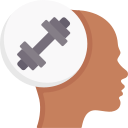Meditation Retreats Designed for Athletes: Recover, Focus, Win
Chosen theme: Meditation Retreats Designed for Athletes. Step into a focused sanctuary where competitive minds learn to rest deeply, sharpen attention, and transform pressure into clarity. Share your goals, ask questions, and subscribe for weekly insights, drills, and real athlete stories that turn calm into competitive advantage.
Why Athletes Benefit from Meditation Retreats
High stakes sport elevates cortisol and narrows attention at the worst moments. Meditation retreats teach athletes to shift state on command, improving heart rate variability and restoring prefrontal control. One swimmer reported steadier turns and fewer false starts after a five-day retreat, attributing improved reaction times to daily breath-led mindfulness.
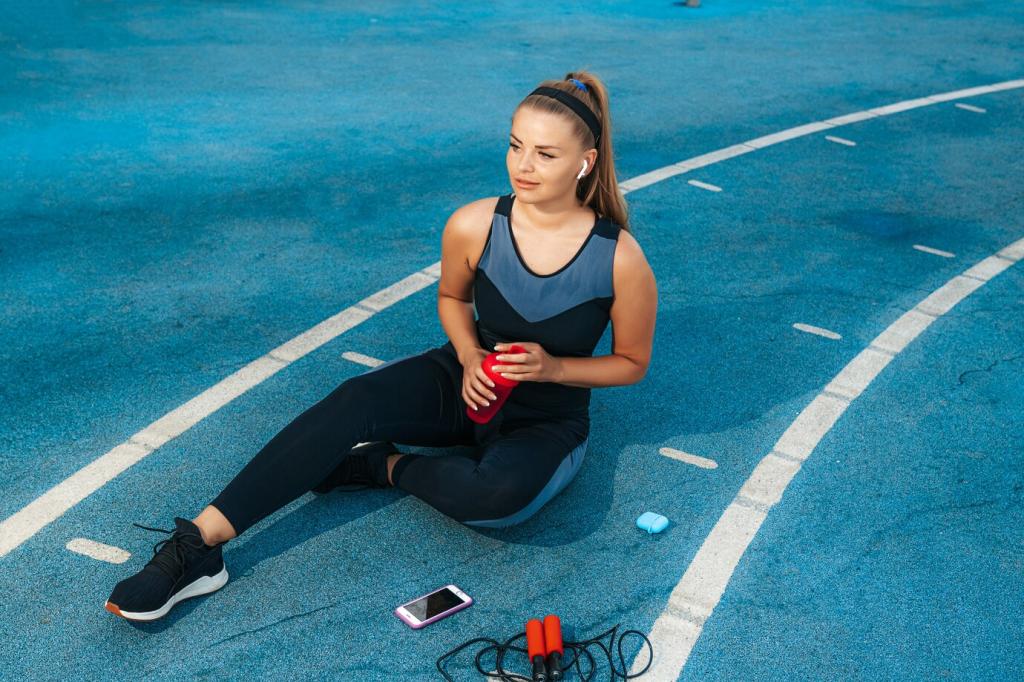
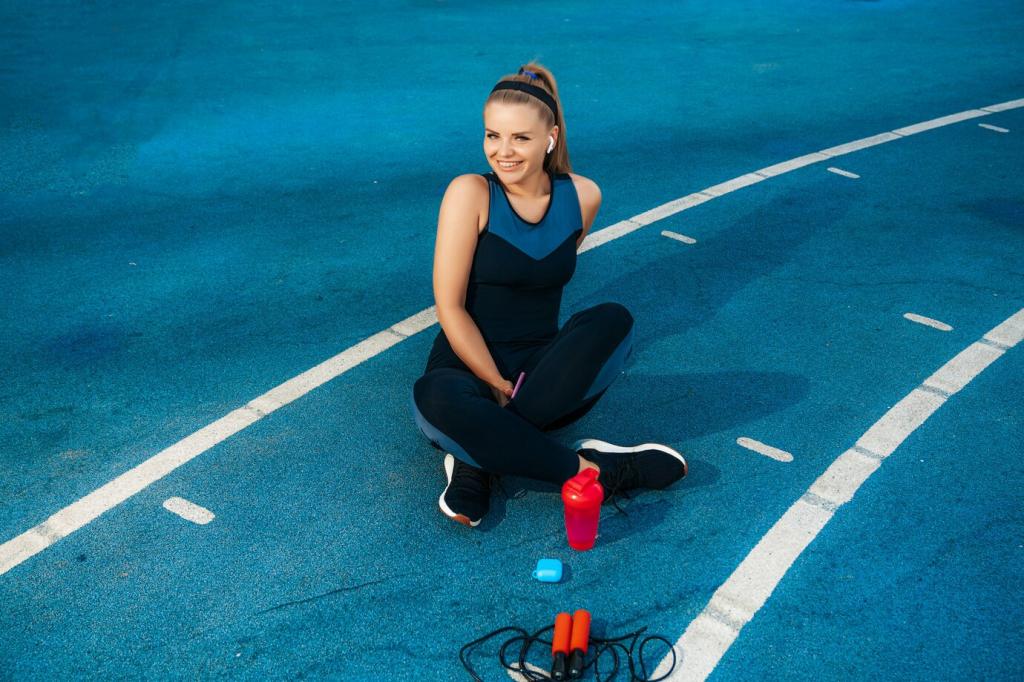
Why Athletes Benefit from Meditation Retreats
Parasympathetic dominance, deeper slow-wave sleep, and fewer restless awakenings are common retreat outcomes that help muscle repair and mood stability. When recovery improves, athletes pace smarter and avoid fear-driven surges. Over a season, that compounding effect looks like fewer niggles, steadier training blocks, and confidence that outlasts temporary form dips.
Designing a Retreat Around Your Training Cycle
Off-season retreats allow longer sits, honest debriefs, and identity work beyond results. Journaling, intention-setting, and unhurried breathwork help process the last season and clear space for the next. This is where athletes rewrite narratives, unhook from outcome obsession, and return to training with curiosity, not panic.

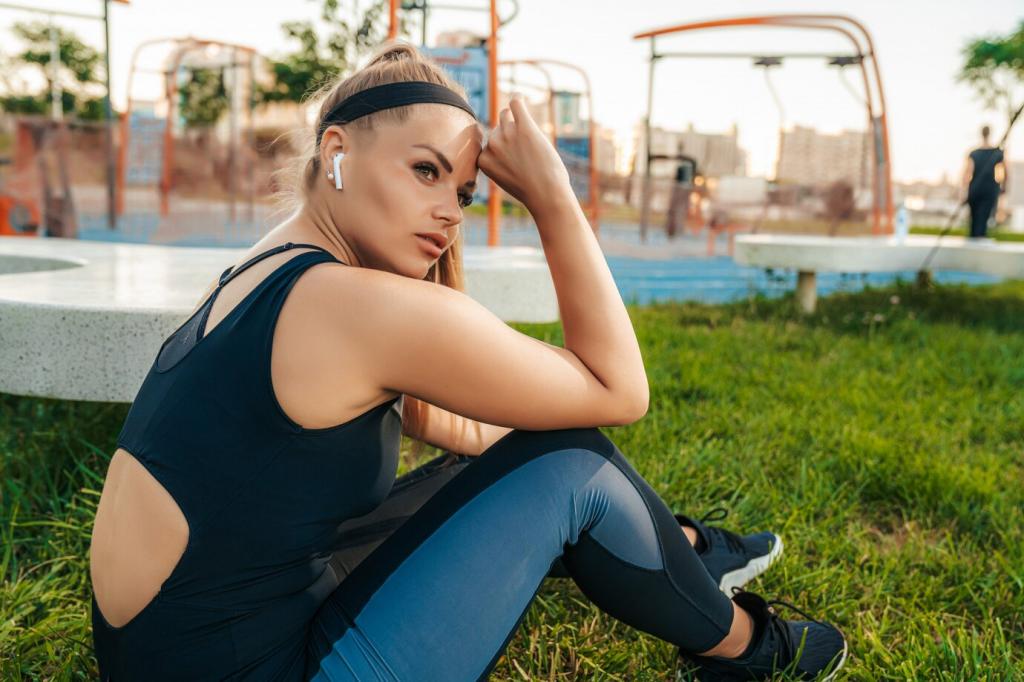
Breathwork Protocols for Endurance and Power
Nasal-only easy runs, cadence-matched breaths, and CO2 tables raise your tolerance for discomfort and improve aerobic economy. Athletes learn to separate panic from effort, especially late in races. One runner set a personal best after a retreat by using a gentle nasal pattern to hold steady just below lactate threshold during surges.
Breathwork Protocols for Endurance and Power
Power athletes need steadiness, not sedation. Box breathing and physiologic sighs reduce jitter without dampening drive. Short pre-lift sequences plus post-set downregulation preserve central nervous system energy. A powerlifter reported fewer missed attempts after switching to two calming breaths instead of hyperventilating before heavy singles.

Scene-setting that sticks to the brain
Vivid visualization includes sounds, textures, and the unglamorous details: sticky floors, crosswinds, or chlorine sting. Practice the reset after a wobble, not only the perfect rep. Research shows mental practice can improve execution by measurable margins, especially when imagery includes likely mistakes and fast, compassionate recoveries.
Scripts for decisive, clutch moments
Record a short script and play it during quiet sessions: simple language, present tense, one plan. Layer if-then statements for unpredictable scenarios. A sprinter we coached rehearsed blocks, stumbled in practice, then calmly restarted—exactly as scripted—turning nerves into neutral focus on meet day.
A road story from a worn-out triathlete
After a mid-season DNF, an age-group triathlete joined a retreat skeptical and exhausted. She practiced brief check-ins during bricks and redesigned her pre-race morning with breathing and stillness. Three months later, she finished strong with negative splits, emailing us that quiet finally felt like a power tool, not a luxury.
Nutrition and Hydration for Quiet, Steady Focus
Dose 1–3 mg per kilogram early, then taper, aiming to cut caffeine at least eight hours before sleep. Many athletes discover that smaller, earlier doses keep focus crisp without spiking anxiety. Test timing on non-critical days, and share your findings so the community can refine real-world guidelines together.
Nutrition and Hydration for Quiet, Steady Focus
Prefer low-glycemic snacks and balanced meals with fiber and protein to avoid jittery sessions or post-lunch fog. During long sits, steady blood sugar supports patience and clarity. Keep a simple plan: nuts, yogurt, fruit, and water nearby. Tell us what snacks fit your training so we can swap athlete-tested ideas.
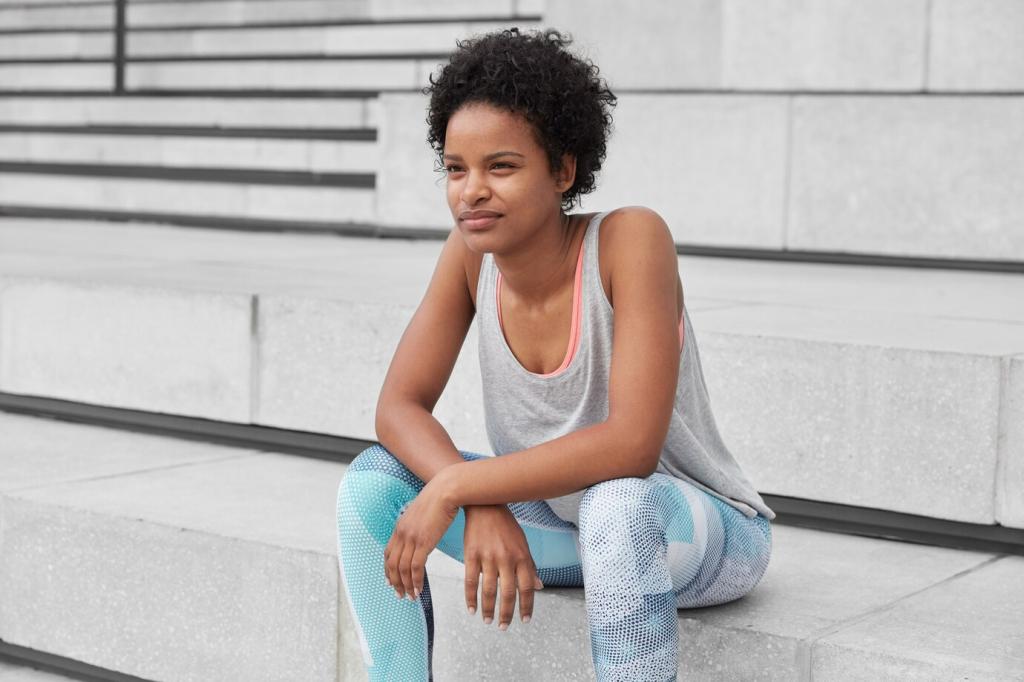
Integrating Movement: Mobility, Yoga Nidra, and Somatics
Yoga Nidra for neural recovery
Twenty minutes of Yoga Nidra can mimic a short nap’s restoration without grogginess. Athletes report calmer pre-game nerves and quicker post-session recovery when Nidra follows breathwork. Paired with consistent sleep, it supports reaction times and mood, giving your training days a predictable rhythm of stress and renewal.
Micro-mobility between sits
Controlled articular rotations, gentle posterior chain openers, and breath-synced mobility keep tissues happy during quiet hours. Two minutes every hour prevents stiff hips and cranky lower backs. Share your go-to movements, and we’ll help map a tiny circuit that respects injury history and current training load.
Somatic tracking to befriend pain
Instead of fighting sensations, athletes learn to notice, label, and breathe around them, sending safety messages to protective tissues. One pitcher used somatic tracking to calm elbow guarding, reporting cleaner mechanics and less fear. Over time, curiosity replaces panic, and pain becomes information guiding smarter work.
Choosing the Right Athlete-Focused Retreat
Look for staff who understand periodization, travel realities, and competition calendars. Ask how practices integrate with training rather than compete with it. The best retreats provide a post-event plan, so gains survive the return to alarms, commutes, and practice fields.


Choosing the Right Athlete-Focused Retreat
Beware of instant-enlightenment promises, rigid dogma, or silence enforced without trauma-informed care. If there’s no screening, no adjustment for training phases, or no follow-up support, consider walking away. Your mind deserves the same thoughtful programming as your body does in the gym.
